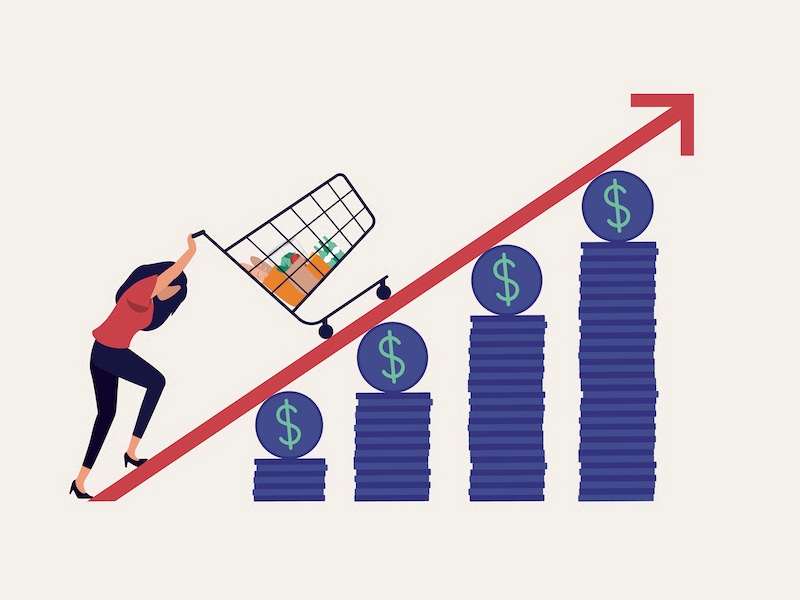The problem is, when the cost of things gets expensive in a country, the quality and quantity of the product are often reduced. It would be better if the price of goods increased while the quality remained the same. There seems to be no justification for the reduction in quality when prices are on the rise. This phenomenon is a direct consequence of inflation and scarcity, two interconnected economic challenges that affect both consumers and producers. Inflation causes a general rise in prices, while scarcity limits the availability of goods and services. These factors create a vicious cycle where consumers pay more but get less, leading to widespread dissatisfaction and a decline in living standards.
Understanding Inflation and Scarcity
Inflation occurs when the purchasing power of money decreases, causing prices to rise. It is influenced by factors such as increased production costs, high demand, and currency devaluation. When inflation hits, producers face higher expenses for raw materials, labor, and transportation. To maintain profitability, many reduce the size or quality of their products instead of further increasing prices, fearing a loss of customers.
Scarcity, on the other hand, is driven by a shortage of resources, whether due to natural disasters, supply chain disruptions, or geopolitical conflicts. Scarcity exacerbates inflation, as limited availability of goods drives prices higher. In such scenarios, producers may prioritize maintaining profitability over consumer satisfaction, further diminishing product quality and quantity.
The Impact on Consumers
The reduction in quality and quantity, often referred to as “shrinkflation,” erodes consumer trust. People feel cheated when they pay more but receive less value. For instance:Food products may shrink in size or weight, leaving families with less for their money.
Durable goods may be made with cheaper materials, reducing their lifespan.Services may become less comprehensive or reliable, despite higher fees.This trend not only strains household budgets but also undermines the overall economic stability of a country.
The Producer’s Dilemma
Producers face a tough choice during inflationary periods. While maintaining quality is ideal, it often comes at the cost of profitability or market share. Many opt for a middle ground, adjusting product attributes to stay competitive while managing costs. However, this strategy can backfire if customers perceive the changes as deceptive or exploitative.
Addressing the Issue
To tackle the challenges of scarcity and inflation, both governments and businesses must take proactive measures:
- Government Intervention: Implementing policies to stabilize currency value and control inflation. Subsidizing essential industries to reduce production costs. Enhancing infrastructure to ensure efficient distribution of goods.
- Business Strategies: Innovating production processes to reduce costs without sacrificing quality. Prioritizing transparency with customers about price adjustments and product changes. Building sustainable supply chains to mitigate scarcity risks.
- Consumer Awareness: Encouraging consumers to support businesses that prioritize quality and value. Promoting financial literacy to help households manage inflation effectively.
Inflation and scarcity are inevitable challenges in any economy, but their impact can be mitigated with thoughtful planning and cooperation. While price increases may be unavoidable, maintaining quality and quantity should remain a priority. After all, sustainable economic growth depends on the trust and satisfaction of consumers. Addressing these issues with fairness and transparency is essential for building a resilient economy that benefits all.

